-
 Bitcoin
Bitcoin $112200
0.96% -
 Ethereum
Ethereum $4310
0.64% -
 XRP
XRP $2.978
4.28% -
 Tether USDt
Tether USDt $0.9999
-0.02% -
 BNB
BNB $877.9
0.29% -
 Solana
Solana $215.6
6.68% -
 USDC
USDC $0.9997
-0.02% -
 Dogecoin
Dogecoin $0.2387
7.54% -
 TRON
TRON $0.3316
0.73% -
 Cardano
Cardano $0.8633
4.49% -
 Hyperliquid
Hyperliquid $50.46
7.52% -
 Chainlink
Chainlink $23.01
3.82% -
 Ethena USDe
Ethena USDe $1.001
-0.01% -
 Sui
Sui $3.469
2.94% -
 Stellar
Stellar $0.3750
4.79% -
 Bitcoin Cash
Bitcoin Cash $587.2
-2.71% -
 Avalanche
Avalanche $25.48
4.50% -
 Hedera
Hedera $0.2258
3.79% -
 UNUS SED LEO
UNUS SED LEO $9.548
0.05% -
 Litecoin
Litecoin $112.7
-1.24% -
 Cronos
Cronos $0.2527
-2.26% -
 Toncoin
Toncoin $3.098
-0.03% -
 Shiba Inu
Shiba Inu $0.00001287
4.08% -
 Polkadot
Polkadot $4.037
1.46% -
 Uniswap
Uniswap $9.567
3.02% -
 Dai
Dai $0.9997
-0.01% -
 Ethena
Ethena $0.7735
5.26% -
 World Liberty Financial
World Liberty Financial $0.2077
-7.48% -
 Monero
Monero $271.3
0.38% -
 Aave
Aave $302.8
1.35%
How to revoke token approvals?
Regularly revoke unused token approvals to protect your crypto assets—lingering allowances can be exploited if contracts are compromised.
Sep 09, 2025 at 12:18 am
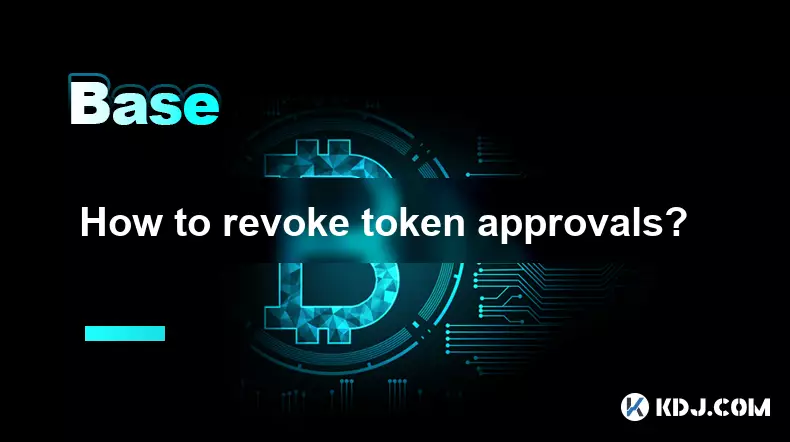
Understanding Token Approvals in the Crypto Ecosystem
1. Token approvals are a foundational component of blockchain interactions, especially within decentralized finance (DeFi). When users interact with smart contracts—such as swapping tokens on a decentralized exchange or depositing assets into a lending protocol—they often need to grant permission for that contract to access their tokens. This process is known as an approval and is executed through the ERC-20 approve() function.
2. Once an approval is granted, the smart contract or external address has the authority to transfer a specified amount of tokens from the user’s wallet. The risk arises when these approvals remain active indefinitely, even after the intended interaction has concluded. Malicious actors can exploit lingering authorizations if they gain access to compromised contracts.
3. High-profile security breaches have been linked to unchecked token approvals. Users may unknowingly leave large allowances open to outdated or unused protocols. These dormant permissions pose a persistent threat, particularly as phishing attacks and malicious dApps attempt to trick users into signing transactions that appear legitimate but result in fund loss.
4. Revoking unnecessary approvals is a critical security practice. It limits exposure by ensuring that only currently trusted contracts maintain access to a user’s assets. Regular audits of active approvals help maintain control over digital holdings and reduce the attack surface significantly.
Methods to Revoke Token Approvals
1. Several blockchain analysis and wallet management platforms offer tools specifically designed to view and revoke token approvals. Platforms like Etherscan, Blockchair, and DeBank allow users to inspect all active allowances associated with their wallet address. Through these interfaces, users can initiate revocation transactions directly.
2. To revoke an approval on Etherscan, navigate to the 'Token Approvals' section under your wallet’s transaction history. A list of all current allowances will be displayed, including the spender address and approved amount. Select the entry to revoke and confirm the transaction using your connected wallet. This action sends a new transaction setting the allowance to zero.
3. Some wallets, such as MetaMask, do not provide built-in approval management features. However, third-party dApps like Revoke.cash or Unrekt.net integrate seamlessly with such wallets. These services scan the blockchain for active approvals linked to the connected address and present a streamlined interface for bulk or individual revocations.
4. The revocation process requires a small amount of gas, as it involves sending a transaction to the token contract. While this cost varies depending on network congestion, it is typically minimal compared to the potential risk of unauthorized transfers. Users should prioritize revoking high-value allowances first, especially those set to maximum values (e.g., 2^256 - 1).
Best Practices for Managing Token Permissions
1. Always review the spender address and allowance amount before confirming any approval transaction. Avoid granting unlimited approvals unless absolutely necessary. Instead, use exact amounts when interacting with protocols to minimize residual risk.
2. Regularly audit your wallet’s active approvals and revoke any that are no longer needed. This includes permissions granted to expired liquidity pools, closed trading positions, or deprecated platforms. Automation tools can assist in scheduling periodic reviews.
3. Utilize dedicated wallet addresses for different activities—such as one for DeFi interactions and another for NFT trading. This segmentation reduces the impact of a single compromised approval and enhances overall account hygiene.
4. Stay informed about emerging threats related to token allowances. Security researchers frequently uncover vulnerabilities in how approvals are handled across various dApps. Awareness enables proactive mitigation before exploitation occurs.
Frequently Asked Questions
What happens when I revoke a token approval?Revoking a token approval sets the allowance for a specific spender back to zero. This means the contract or address can no longer withdraw tokens from your wallet without a new approval being granted.
Can revoked approvals be restored automatically?No, once an approval is revoked, it does not return. If you need to interact with the same contract again, you must manually re-approve the token transfer with a new transaction.
Does revoking approvals affect my token balance?No, revoking approvals does not alter your token holdings in any way. It only removes permission for a third party to spend tokens on your behalf. Your balance remains unchanged.
Are there risks in not revoking old approvals?Yes, unrevoked approvals can be exploited if a contract becomes compromised or if a malicious actor gains control over the spender address. Leaving excessive allowances active increases the likelihood of unauthorized fund movement.
Disclaimer:info@kdj.com
The information provided is not trading advice. kdj.com does not assume any responsibility for any investments made based on the information provided in this article. Cryptocurrencies are highly volatile and it is highly recommended that you invest with caution after thorough research!
If you believe that the content used on this website infringes your copyright, please contact us immediately (info@kdj.com) and we will delete it promptly.
- Canada, Coins, and Christmas: A Festive Forecast
- 2025-09-09 04:25:15
- Chainalysis, XRPL, and Token Monitoring: A New Era of Transparency and Security
- 2025-09-09 04:45:13
- NPM Attack Targeting Bitcoin Wallets: What You Need to Know
- 2025-09-09 04:45:13
- Lion Group, SOL, and Sui Tokens: A Strategic Shift in the Crypto Landscape
- 2025-09-09 05:05:12
- VivoPower, Tembo, and Global Payments: A New Era with RLUSD
- 2025-09-09 04:50:12
- Circle, USDH, Stablecoins: The Battle for the Future of Finance
- 2025-09-09 05:05:12
Related knowledge

How to revoke token approvals?
Sep 09,2025 at 12:18am
Understanding Token Approvals in the Crypto Ecosystem1. Token approvals are a foundational component of blockchain interactions, especially within dec...
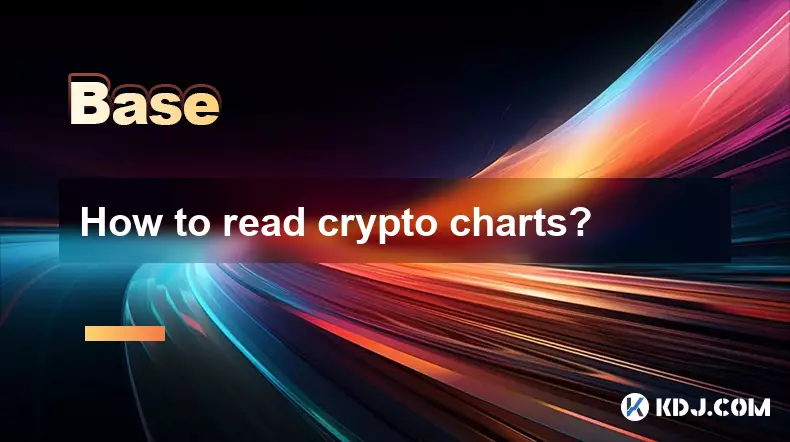
How to read crypto charts?
Sep 08,2025 at 11:36pm
Understanding the Basics of Crypto Chart Types1. The most common chart type used in cryptocurrency trading is the candlestick chart. Each candlestick ...

What does "shill" mean in crypto?
Sep 09,2025 at 01:18am
Understanding the Term 'Shill' in the Crypto Space1. In the context of cryptocurrency, the term 'shill' refers to someone who aggressively promotes a ...
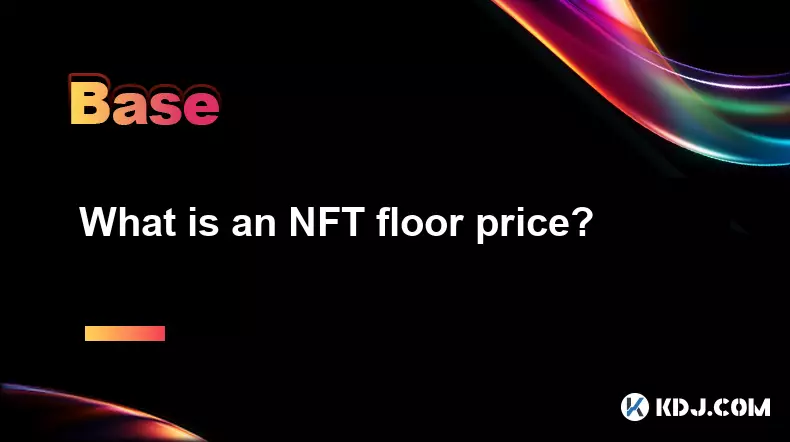
What is an NFT floor price?
Sep 08,2025 at 11:36pm
Understanding NFT Floor Price1. The floor price of an NFT collection refers to the lowest price at which a token from that collection is currently lis...
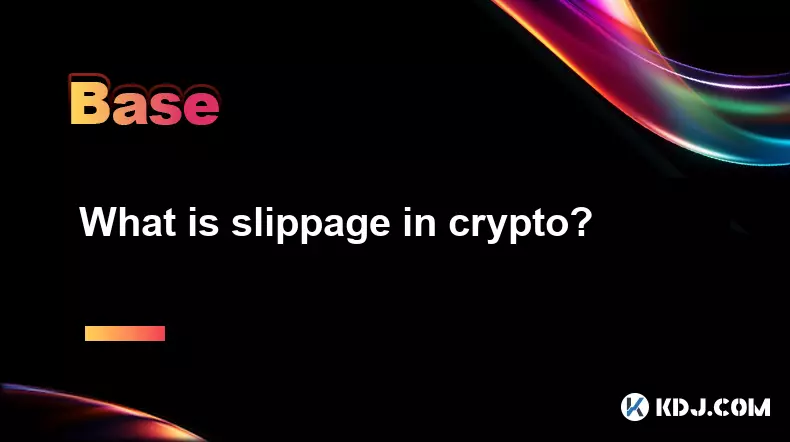
What is slippage in crypto?
Sep 08,2025 at 08:55pm
Understanding Slippage in Cryptocurrency Trading1. Slippage refers to the difference between the expected price of a trade and the actual price at whi...
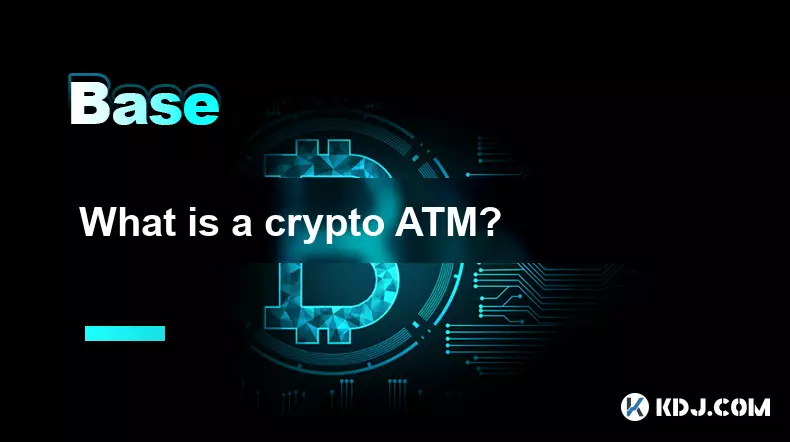
What is a crypto ATM?
Sep 09,2025 at 03:00am
What Is a Crypto ATM?1. A crypto ATM, also known as a Bitcoin ATM or cryptocurrency kiosk, is a physical machine that allows users to buy and sometime...

How to revoke token approvals?
Sep 09,2025 at 12:18am
Understanding Token Approvals in the Crypto Ecosystem1. Token approvals are a foundational component of blockchain interactions, especially within dec...

How to read crypto charts?
Sep 08,2025 at 11:36pm
Understanding the Basics of Crypto Chart Types1. The most common chart type used in cryptocurrency trading is the candlestick chart. Each candlestick ...

What does "shill" mean in crypto?
Sep 09,2025 at 01:18am
Understanding the Term 'Shill' in the Crypto Space1. In the context of cryptocurrency, the term 'shill' refers to someone who aggressively promotes a ...

What is an NFT floor price?
Sep 08,2025 at 11:36pm
Understanding NFT Floor Price1. The floor price of an NFT collection refers to the lowest price at which a token from that collection is currently lis...

What is slippage in crypto?
Sep 08,2025 at 08:55pm
Understanding Slippage in Cryptocurrency Trading1. Slippage refers to the difference between the expected price of a trade and the actual price at whi...

What is a crypto ATM?
Sep 09,2025 at 03:00am
What Is a Crypto ATM?1. A crypto ATM, also known as a Bitcoin ATM or cryptocurrency kiosk, is a physical machine that allows users to buy and sometime...
See all articles
























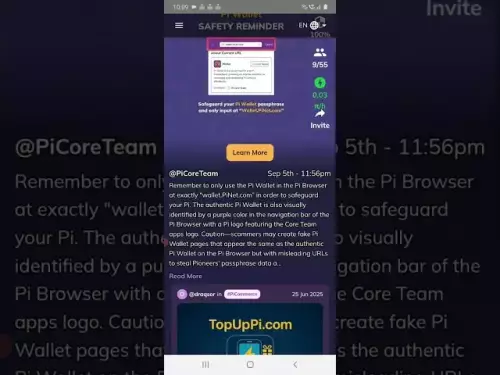
![[Pycoin] PI Coin -US President (Trump) Declaration ?? !! 'US' runs first. / Paikoin mining speed acceleration [Pycoin] PI Coin -US President (Trump) Declaration ?? !! 'US' runs first. / Paikoin mining speed acceleration](/uploads/2025/09/08/cryptocurrencies-news/videos/pycoin-pi-coin-president-trump-declaration-runs-paikoin-mining-speed-acceleration/68bed38c01e7a_image_500_375.webp)






























































